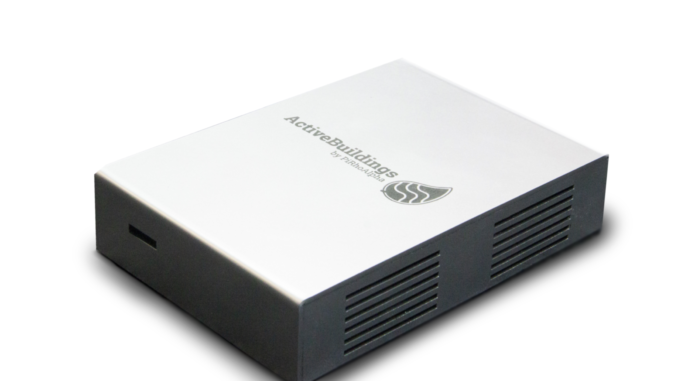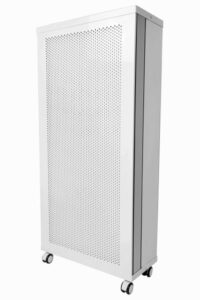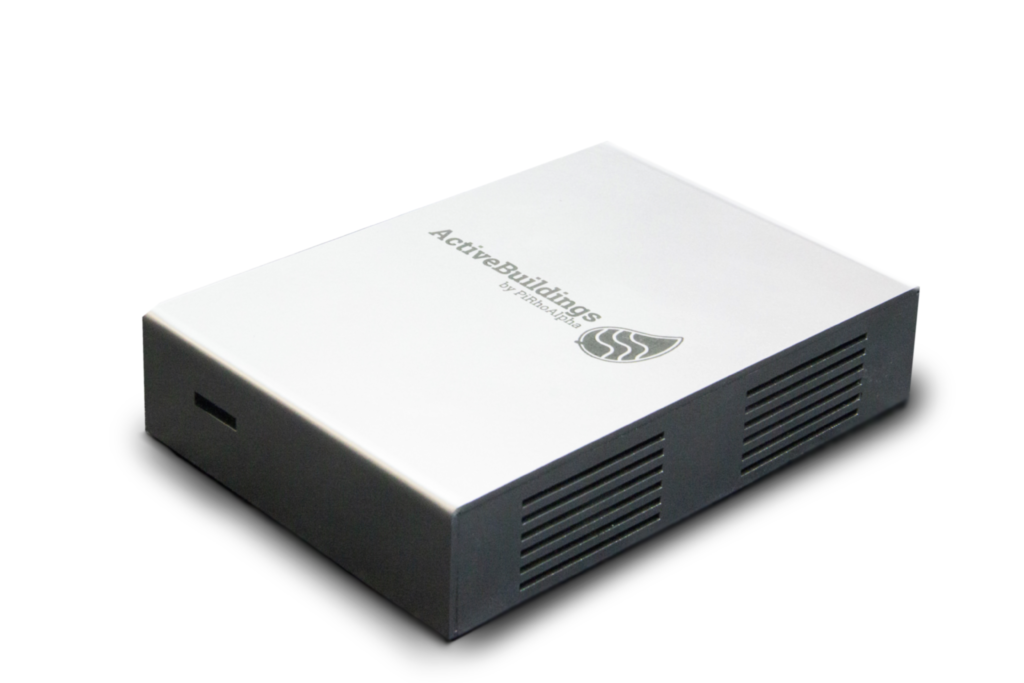
Our built spaces are there to protect us from extreme temperatures, rain, snow, hail type precipitation, dust and dirt. In short, the indoor environment is meant to protect us from the outdoor environment.
Our outdoor environment has been constantly deteriorating as well. Scientists, epidemiologists, environmentalists have been sounding the alarm that global warming can bring about the loss of permafrost, giving rise to a plethora of bacterial, or viral, infectious diseases. However, for a really long time the notion has prevailed that our indoor environment protects us from the outdoor environment.

But what happens when our built spaces or our indoor environment turn out to be the one causing a lot of illnesses?
A situation like that has led to individuals, NGOs, businesses, and start-ups taking on the responsibility to raise voices, spread awareness, and innovate technologies in the hope of them getting adopted on a global scale and bringing about some much needed change.
Until 2017, air, of all the elements, has shown to have claimed most lives all over the world, third only to cardiovascular diseases and cancers. As of 2021, COVID-19’s death counts are rapidly catching up.
Yet on the ground level there is a lot of skepticism in believing that poor air quality can cause deaths, or that the air is polluted at all.
It then becomes pertinent to show people the proof of ‘invisible enemies’ present in the air.
This is why data matters because it creates transparency. It creates a different impact when people see the report after getting their indoor spaces evaluated for air quality. They get to compare it with what the pollution levels are outside and how their indoor spaces fare in that regard (it is usually 2 to 5 times worse indoors, which is what causes many respiratory illnesses, allergies, drowsiness or lack of productivity). Then there are safe limits set by environmental agencies of both national and international stature, surpassing which the indoor environment can become extremely detrimental to the health of an individual, in a silent killer style.

On being presented with data, the fact becomes glaringly obvious that one’s space is in need of some intervention, and that is why data, reliable data at that, is of immense importance when trying to fix problems around air quality.
Pollutants in the air are so small that they can be compared to a single grain of salt and still have the grain of salt be 30-40 times larger than a standard PM2.5 particle. Thus, special technology is needed to track these particles, and many more, like the concentration of particulate matter, TVOCs, Carbon Dioxide etc.
In addition, COVID-19 particles are now confirmed to be transmitting through the air as well. With mutated variants with increased transmissibility, it becomes all the more important to understand the quality of air indoors, and the risk it poses when it remains suspended in air for longer periods of time.
Viruses cannot stay suspended in clean air for long, therefore air that is least laden with pollutants are less likely to provide a suitable environment for virus transmission.
Devices that can integrate with existing building systems come in handy here because of their retrofitting capabilities, thereby not restricting their adoption by only newer, more advanced building management systems.
Some sensors have the ability to track pollution in every corner of the building. Pollutants are of varying sizes and require different materials inside of a sensor to be able to track these pollutants down. When pollutants come in contact with the materials inside the sensor, the data gets recorded. With the help of a gateway that is also installed in the building, sensor data is communicated to filtration systems which, upon receiving the message from the gateway, gets activated to filter out these pollutants.
Simply stated, the sensors integrate with the buildings and its systems act as an AI assistant and improves the quality of air inside the buildings.
Harmful pollutants that get filtered out in this process are PM0.1, PM2.5, PM10, various chemical pollutants (VOCs) and aerosols, carbon monoxide. Exposure to all of these pollutants cause a decrease in productivity, concentration levels and also cause issues like headaches, nausea, irritability, irritation in eyes, throat, etc.
These sensors understand the micro-climate of the indoor space. Having the advantage of AI, it is also possible to receive updates on one’s smartphone for sensor related updates. Since filtration systems work to filter out pollutants, they tend to get choked after a period of time, depending on which city the building is located, the climate of the city, the location of the building in that city, etc. When the sensor detects that the filters are about to get choked, it sends a notification on the app, alerting the user that the filters need maintenance or replacement. The said app is available for download with the purchase of these sensors.
A high concentration of carbon dioxide is also a problem. Poor ventilation paves way for carbon dioxide to cross its permissible limits. It can cause drowsiness, headaches, destabilise one’s focus, and in more recent times, be a factor for COVID-19 virus to stay suspended in the air for longer.
In places that are equipped with HVAC, air is drawn from the outside at outside temperature, and is cooled to the desired temperature and then circulated in the building. The process of cooling the outside air consumes a substantial amount of energy.
There are sensors that can integrate with an existing ventilation system or HVAC system. With the help of a similar gateway, the sensor communicates to its systems that carbon dioxide concentrations are increasing within the building. The system then draws in air from the outside to balance out the oxygen-carbon dioxide levels inside the building, and even optimises it, such that fresh air is drawn in at a time when it takes the least possible amount of energy to cool the air down to desired temperature. The sensor also detects when oxygen levels have normalised and stops the influx of fresh air, hence reducing energy consumption.
Unique features like these have multifaceted benefits, like lowering utility bills while ensuring the safety of occupants from airborne diseases.
The environment poses many qualms to human health as of now, and while people have started paying more attention to the importance of reversing the negative effects of the environment, a lot of damage has already been done. One cannot simply pause their lives and wait for the air to get cleaner At times like these, it is necessary to take all precautions to protect the spaces that will once again be frequented by people so that they do not turn into virus spreading zones and that is why monitoring the air and filtering it wherever possible is the absolute need of the hour. – ABHINAV GUPTA



Be the first to comment